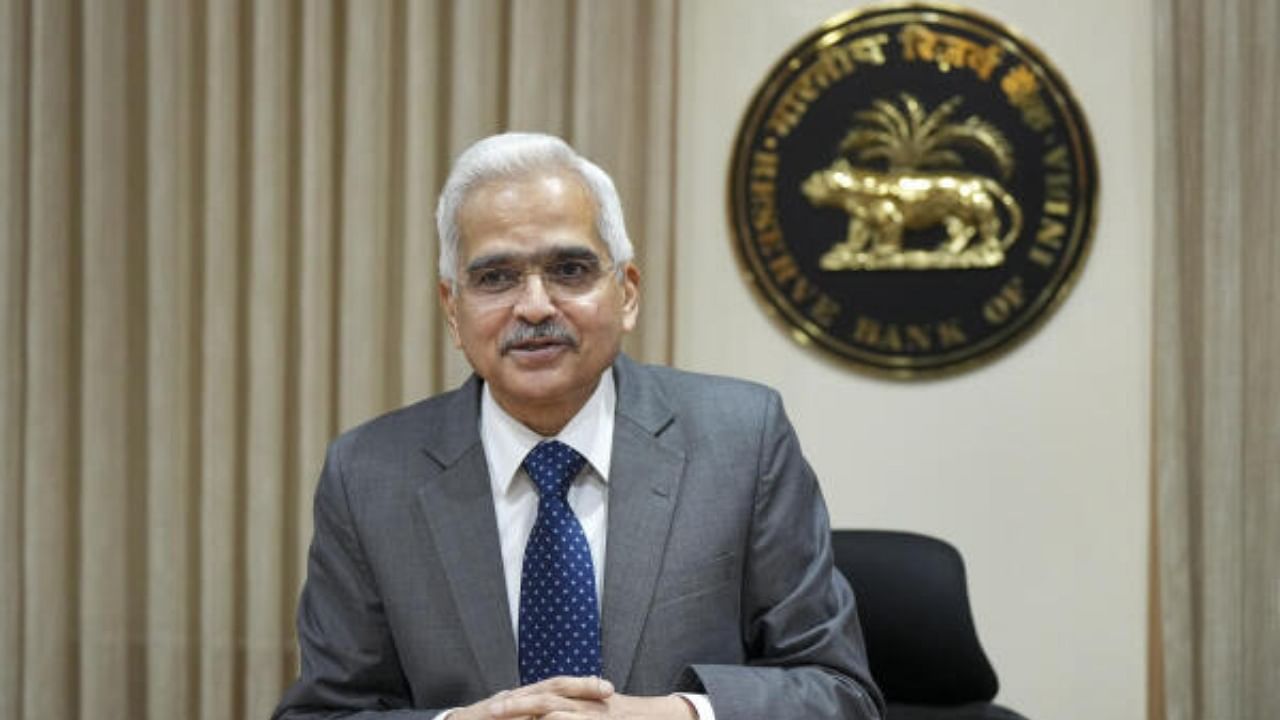
In line with expectations, the Reserve Bank of India (RBI)’s Monetary Policy Committee (MPC) unanimously paused once again from hiking the repo rate, while retaining its policy stance unchanged at “withdrawal of accommodation”, with a 5:1 vote. In addition, there was a repeated emphasis on moderating inflation towards the 4 per cent medium term target, clearly signalling a long pause before any commencement of a rate cut cycle. On the contrary, a final rate hike cannot be ruled out if the inflationary prints are not in line with the MPC expectations over the next few quarters.
The MPC has assumed a normal monsoon while cutting its average CPI inflation forecast for FY2024 marginally to 5.1 per cent from 5.2 per cent earlier, although the spatial and temporal distribution of rains will be monitorable. Inflation expectations remain well-anchored, which is also reflected in the limited increase in long-term yields since the commencement of rate hike cycle.
The committee has, however, maintained its real GDP growth projection of FY2024 at 6.5 per cent, while slightly tweaking the quarterly estimates. These estimates remain exposed to downside risks on account of weak external demand because of slowing global growth as well as geopolitical tensions.
In its post-policy conference, the RBI highlighted that almost Rs 1.8 trillion of the Rs 2000 currency note have come back to the banking system, which is almost 50 per cent of the amount of these notes in circulation earlier. Further, almost 85 per cent of these notes have been retained as deposits by the banks, which could result in an upward revision in our deposit growth forecast of 8.3-8.9 per cent for FY2024. This has also resulted in significantly improving the liquidity position of banks and easing short-term interest rates. Though lower than FY2023 levels, we maintain a healthy bank credit growth of 11-11.7 per cent during FY2024, and improved liquidity conditions shall further aid this.
While the policy maintained a status quo, there were few other major announcements. The proposal to issue guidelines for the first loss default guarantee (FLDG) on digitally originated loans being the key one. With the growing usage of digital lending platforms, these guidelines should provide greater clarity on risk sharing and help increase credit penetration in the domestic markets. While most of the regulated entities have already stopped taking FLDGs on new loans originated by non-regulated fin-techs, if non-regulated entities are allowed to offer FLDGs with necessary safeguards, it could provide further impetus to digital lending.
Further, the proposal to harmonise the stress asset resolution framework across the regulated entities could mean that more regulated entities may possibly be included under this framework. With Inclusion of other lenders under the framework, it can help improve their ability to resolve these assets and at a relatively lower haircut. Similarly, the Covid-19 restructuring required the banks to have an independent credit evaluation for the resolution plan to be implemented for large wholesale borrowers. This also resulted in restructuring, largely limited to viable cases. A similar proposal could be expected for loan restructuring of borrowers that are affected by natural calamities.
Also Read | RBI retains FY24 GDP growth forecast at 6.5%
In continuation to its approach to adopt principal-based regulation, the RBI also provides flexibility to banks to internally decide on the level of borrowings they may take from call and notice money markets. With the current volatility in liquidity conditions banks can plan liquidity management better, while the liquidity coverage ratio (LCR) requirements, we expect banks to remain conservative in their use of such borrowings.
Lastly, with the objective of gradual strengthening of the urban cooperative banks (UCBs), by gradually granularizing their loan books, the RBI had stipulated that at least 50 per cent of their loans should be below Rs 2.5 million or 0.2 per cent of their tier I capital, whichever is higher, subject to a maximum of Rs 1 crore, per borrower. Additionally, the RBI also stipulated a 75 per cent priority sector lending (PSL) target for these banks. Today, the RBI has allowed an additional two years to these UCBs to meet the revised PSL targets. This shall reduce their PSL purchases and support their profitability in the interim.
(Karthik Srinivasan is Senior Vice President & Group Head – Financial Sector Ratings, ICRA.)
Disclaimer: The views expressed above are the author's own. They do not necessarily reflect the views of DH.